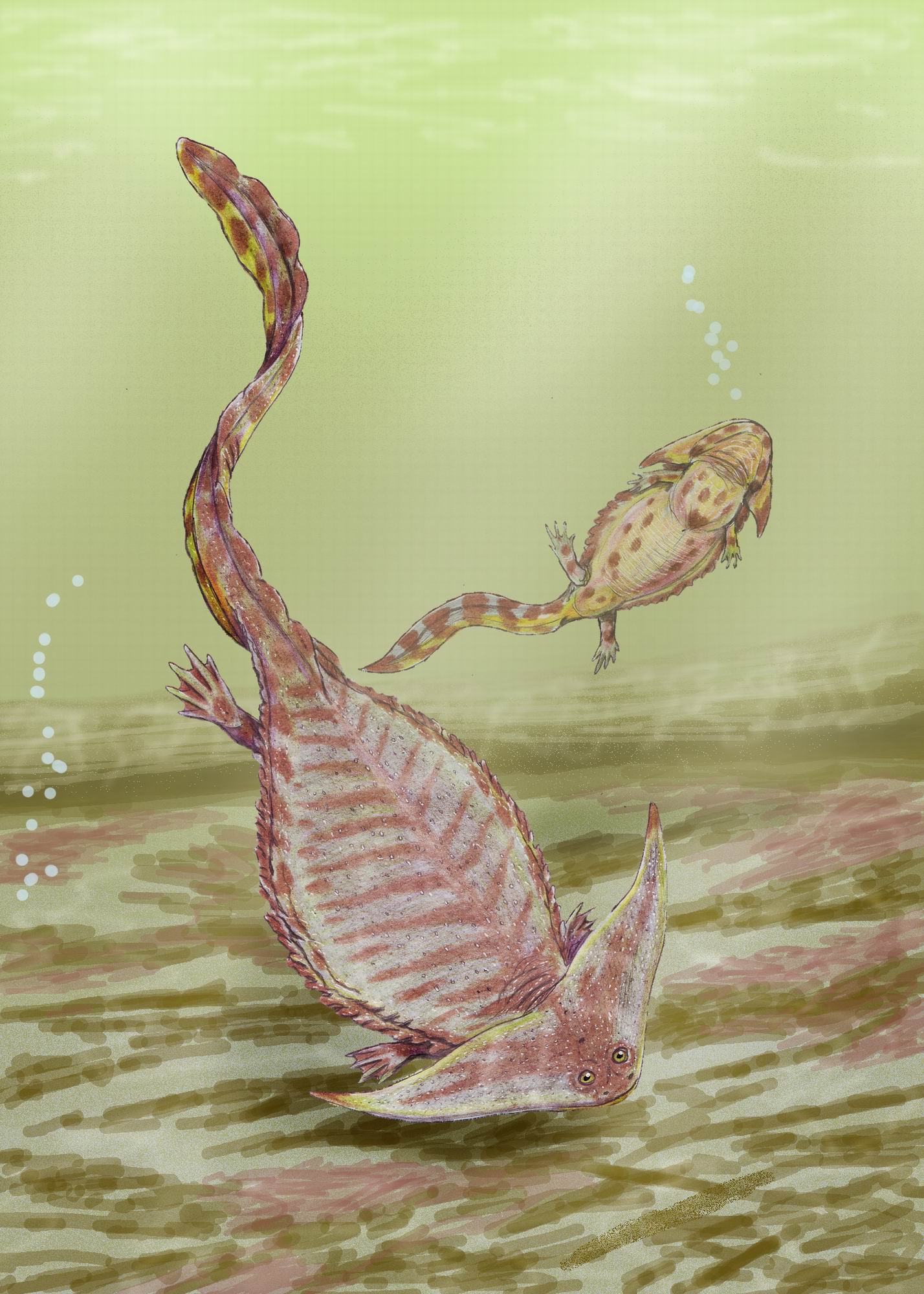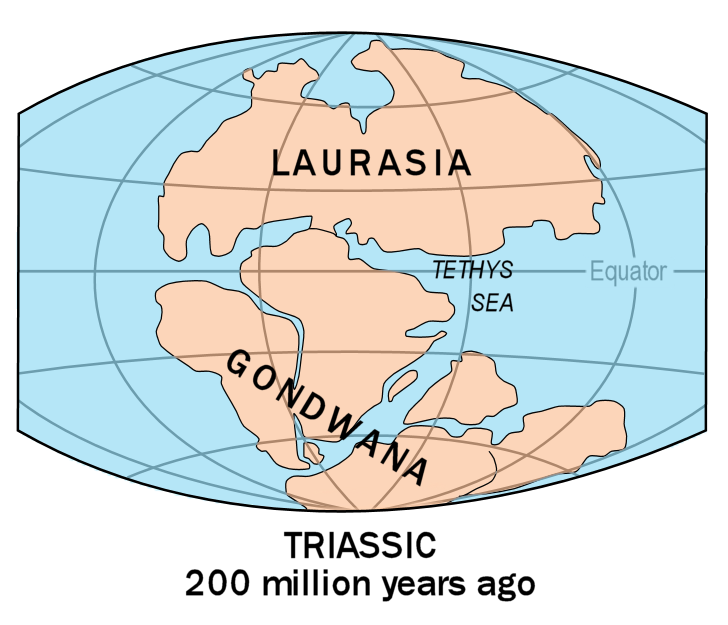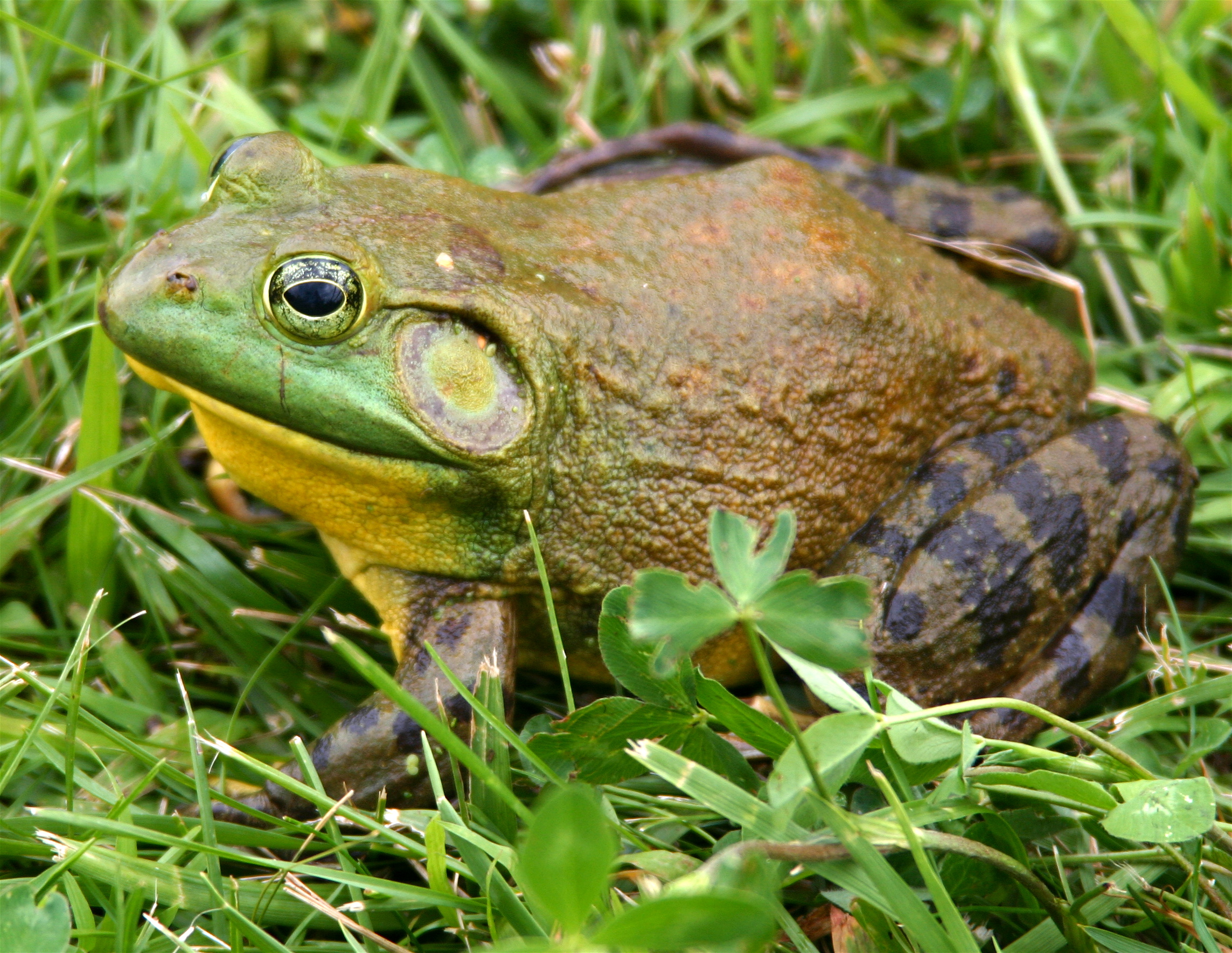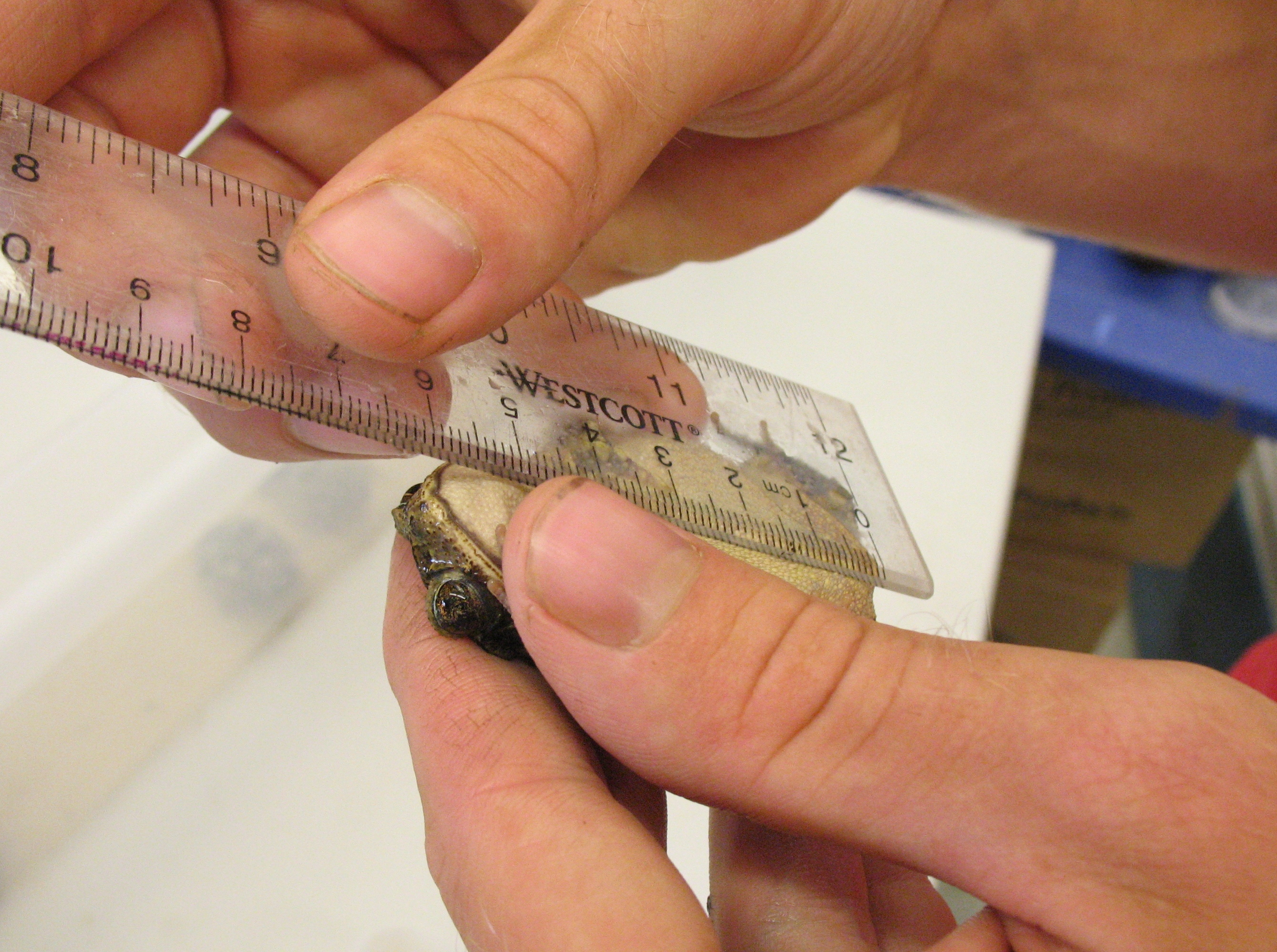|
Didynamipus
The four-digit toad or dwarf toad (''Didynamipus sjostedti'') is a species of toad in the family Bufonidae. It is found in Bioko (Equatorial Guinea), southwestern Cameroon, and southeastern Nigeria. It is the only species in the genus ''Didynamipus''. Etymology The Specific name (zoology), specific name ''sjostedti'' honours Bror Yngve Sjöstedt, a Swedish entomologist and ornithologist who collected the type series. Description ''Didynamipus sjostedti'' are very small toads: males grow to and females to in snout–vent length. The snout is sharp in males but rounded in females; males also have a ridge on the top the snout that gives it an upturned appearance. The Tympanum (anatomy), tympanum is absent. The hands and feet are reduced, with the two outer fingers and toes and the innermost toes present only as tubercles. No webbing is present. The Dorsum (anatomy), dorsum is brown with lighter and darker mottling. Habitat and conservation ''Didynamipus sjostedti'' occur on fores ... [...More Info...] [...Related Items...] OR: [Wikipedia] [Google] [Baidu] |
Lars Gabriel Andersson
Lars Gabriel Andersson (22 February 1868 – 13 February 1951) was a Swedish schoolteacher and herpetologist. He studied at Uppsala University and earned his PhD in 1909. During his long career he taught classes at several schools in and near Stockholm. In 1894–95 and from 1897 to 1902 he worked as an assistant in the vertebrate department at the Naturhistoriska riksmuseet in Stockholm. Taxa With zoologist Einar Lönnberg he described the following herpetological species: * ''Aipysurus tenuis'', 1913 * '' Atractaspis engdahli'', 1913 * ''Eulamprus brachyosoma'', 1915. * '' Eulamprus tympanum'', 1915 * '' Gastrotheca microdiscus'', (Andersson in Lönnberg and Andersson, 1910). * ''Glaphyromorphus mjobergi'', 1915 * ''Strophurus taeniatus'', 1913. On his own, he described: * '' Didynamipus sjostedti'', 1903 Works by Andersson that have been published in English * "Catalogue of Linnean type-specimens of snakes in the Royal Museum in Stockholm", 1899. * "Catalogue of Linnean ... [...More Info...] [...Related Items...] OR: [Wikipedia] [Google] [Baidu] |
Above Sea Level
Height above mean sea level is a measure of a location's vertical distance (height, elevation or altitude) in reference to a vertical datum based on a historic mean sea level. In geodesy, it is formalized as orthometric height. The zero level varies in different countries due to different reference points and historic measurement periods. Climate change and other forces can cause sea levels and elevations to vary over time. Uses Elevation or altitude above sea level is a standard measurement for: * Geographic locations such as towns, mountains and other landmarks. * The top of buildings and other structures. * Mining infrastructure, particularly underground. * Flying objects such as airplanes or helicopters below a Transition Altitude defined by local regulations. Units and abbreviations Elevation or altitude is generally expressed as "metres above mean sea level" in the metric system, or " feet above mean sea level" in United States customary and imperial units. Com ... [...More Info...] [...Related Items...] OR: [Wikipedia] [Google] [Baidu] |
Amphibians Described In 1903
Amphibians are ectothermic, anamniotic, four-limbed vertebrate animals that constitute the class Amphibia. In its broadest sense, it is a paraphyletic group encompassing all tetrapods, but excluding the amniotes (tetrapods with an amniotic membrane, such as modern reptiles, birds and mammals). All extant (living) amphibians belong to the monophyletic subclass Lissamphibia, with three living orders: Anura (frogs and toads), Urodela (salamanders), and Gymnophiona (caecilians). Evolved to be mostly semiaquatic, amphibians have adapted to inhabit a wide variety of habitats, with most species living in freshwater, wetland or terrestrial ecosystems (such as riparian woodland, fossorial and even arboreal habitats). Their life cycle typically starts out as aquatic larvae with gills known as tadpoles, but some species have developed behavioural adaptations to bypass this. Young amphibians generally undergo metamorphosis from an aquatic larval form with gills to an air-breathing a ... [...More Info...] [...Related Items...] OR: [Wikipedia] [Google] [Baidu] |
Fauna Of Nigeria
The wildlife of Nigeria consists of the flora and fauna of this country in West Africa. Nigeria has a wide variety of habitats, ranging from mangrove swamps and tropical rainforest to savanna with scattered clumps of trees. About 290 mammal species and 940 bird species have been recorded in the country. Geography Nigeria is a large country in West Africa just north of the equator. It is bounded by Benin to the west, Niger to the north, Cameroon to the east and the Atlantic Ocean to the south. The country consists of several large plateaus separated by the valleys of the two major rivers, the Niger and the Benue, and their tributaries. These converge inland and flow into the Gulf of Guinea through a network of creeks and branches which form the extensive Niger Delta. Other rivers flow directly to the sea further west, with many smaller rivers being seasonal. The highest mountain is Chappal Waddi () on the Mambilla Plateau in the southeast of the country near the border with Ca ... [...More Info...] [...Related Items...] OR: [Wikipedia] [Google] [Baidu] |
Amphibians Of Equatorial Guinea
Amphibians are ectothermic, anamniote, anamniotic, tetrapod, four-limbed vertebrate animals that constitute the class (biology), class Amphibia. In its broadest sense, it is a paraphyletic group encompassing all Tetrapod, tetrapods, but excluding the amniotes (tetrapods with an amniotic membrane, such as modern reptiles, birds and mammals). All extant taxon, extant (living) amphibians belong to the monophyletic subclass (biology), subclass Lissamphibia, with three living order (biology), orders: Anura (frogs and toads), Urodela (salamanders), and Gymnophiona (caecilians). Evolved to be mostly semiaquatic, amphibians have adapted to inhabit a wide variety of habitats, with most species living in freshwater ecosystem, freshwater, wetland or terrestrial ecosystems (such as riparian woodland, fossorial and even arboreal habitats). Their biological life cycle, life cycle typically starts out as aquatic animal, aquatic larvae with gills known as tadpoles, but some species have devel ... [...More Info...] [...Related Items...] OR: [Wikipedia] [Google] [Baidu] |
Amphibians Of Cameroon
Amphibians are ectothermic, anamniotic, four-limbed vertebrate animals that constitute the class Amphibia. In its broadest sense, it is a paraphyletic group encompassing all tetrapods, but excluding the amniotes (tetrapods with an amniotic membrane, such as modern reptiles, birds and mammals). All extant (living) amphibians belong to the monophyletic subclass Lissamphibia, with three living orders: Anura (frogs and toads), Urodela (salamanders), and Gymnophiona (caecilians). Evolved to be mostly semiaquatic, amphibians have adapted to inhabit a wide variety of habitats, with most species living in freshwater, wetland or terrestrial ecosystems (such as riparian woodland, fossorial and even arboreal habitats). Their life cycle typically starts out as aquatic larvae with gills known as tadpoles, but some species have developed behavioural adaptations to bypass this. Young amphibians generally undergo metamorphosis from an aquatic larval form with gills to an air-breathing ... [...More Info...] [...Related Items...] OR: [Wikipedia] [Google] [Baidu] |
Frogs Of Africa
The fauna of Africa are all the animals living in Africa and its surrounding seas and islands. The more characteristic African fauna are found in the Afro-tropical realm. Lying almost entirely within the tropics, and stretching equally north and south of the equator creates favorable conditions for variety and abundance of wildlife. Africa is home to many of the world's most recognizable fauna such as lions‚ rhinoceroses‚ cheetahs‚ giraffes‚ antelope, hippopotamuses, leopards, zebras‚ and elephants, among many others. Origins and history of African fauna Whereas the earliest traces of life in fossil record of Africa date back to the earliest times, the formation of African fauna as we know it today, began with the splitting up of the Gondwana supercontinent in the mid-Mesozoic era. After that, four to six faunal assemblages, the so-called African Faunal Strata (AFSs) can be distinguished. The isolation of Africa was broken intermittently by discontinuous "filter routes" ... [...More Info...] [...Related Items...] OR: [Wikipedia] [Google] [Baidu] |
Dorsum (anatomy)
Standard anatomical terms of location are used to describe unambiguously the anatomy of humans and other animals. The terms, typically derived from Latin or Greek roots, describe something in its standard anatomical position. This position provides a definition of what is at the front ("anterior"), behind ("posterior") and so on. As part of defining and describing terms, the body is described through the use of anatomical planes and axes. The meaning of terms that are used can change depending on whether a vertebrate is a biped or a quadruped, due to the difference in the neuraxis, or if an invertebrate is a non-bilaterian. A non-bilaterian has no anterior or posterior surface for example but can still have a descriptor used such as proximal or distal in relation to a body part that is nearest to, or furthest from its middle. International organisations have determined vocabularies that are often used as standards for subdisciplines of anatomy. For example, '' Termi ... [...More Info...] [...Related Items...] OR: [Wikipedia] [Google] [Baidu] |
Toad
Toad (also known as a hoptoad) is a common name for certain frogs, especially of the family Bufonidae, that are characterized by dry, leathery skin, short legs, and large bumps covering the parotoid glands. In popular culture (folk taxonomy), toads are distinguished from frogs by their drier, rougher skin and association with more terrestrial habitats. However, this distinction does not align precisely with scientific taxonomy. List of toad families In scientific taxonomy, toads include the true toads (Bufonidae) and various other terrestrial or warty-skinned frogs. Non-bufonid "toads" can be found in the families: * Bombinatoridae ( fire-bellied toads and jungle toads) * Calyptocephalellidae ( helmeted water toad and false toads) * Discoglossidae ( midwife toads) * Myobatrachidae (Australian toadlets) * Pelobatidae ( European spadefoot toad) * Rhinophrynidae ( burrowing toads) * Scaphiopodidae ( American spadefoot toads) * Microhylidae ( narrowmouth toads) ... [...More Info...] [...Related Items...] OR: [Wikipedia] [Google] [Baidu] |
Tympanum (anatomy)
The tympanum is an external hearing structure in animals such as mammals, birds, some reptiles, some amphibians and some insects. Using sound, vertebrates and many insects are capable of sensing their prey, identifying and locating their predators, warning other individuals, and locating potential mates and rivals by hearing the intentional or unintentional sounds they make. In general, any animal that reacts to sounds or communicates by means of sound, needs to have an auditory mechanism. This typically consists of a membrane capable of vibration known as the tympanum, an air-filled chamber and sensory organs to detect the auditory stimuli. Insects Amphibia Anura In frogs and toads, the tympanum is a large external oval shape membrane made up of nonglandular skin. It is located just behind the eye. It does not process sound waves; it simply transmits them to the inner parts of the amphibian's ear, which is protected from the entry of water and other foreign objects. A fr ... [...More Info...] [...Related Items...] OR: [Wikipedia] [Google] [Baidu] |
Snout–vent Length
Snout–vent length (SVL) is a morphometric measurement taken in herpetology from the tip of the snout to the most posterior opening of the cloacal slit (vent)."direct line distance from tip of snout to posterior margin of vent" It is the most common measurement taken in herpetology, being used for all amphibians, lepidosaurs, and crocodilia Crocodilia () is an order of semiaquatic, predatory reptiles that are known as crocodilians. They first appeared during the Late Cretaceous and are the closest living relatives of birds. Crocodilians are a type of crocodylomorph pseudosuchia ...ns (for turtles, carapace length (CL) and plastral length (PL) are used instead). The SVL differs depending on whether the animal is struggling or relaxed (if alive), or various other factors if it is a preserved specimen. For fossils, an osteological correlate such as precaudal length must be used. When combined with weight and body condition, SVL can help deduce age and sex. Advantag ... [...More Info...] [...Related Items...] OR: [Wikipedia] [Google] [Baidu] |






